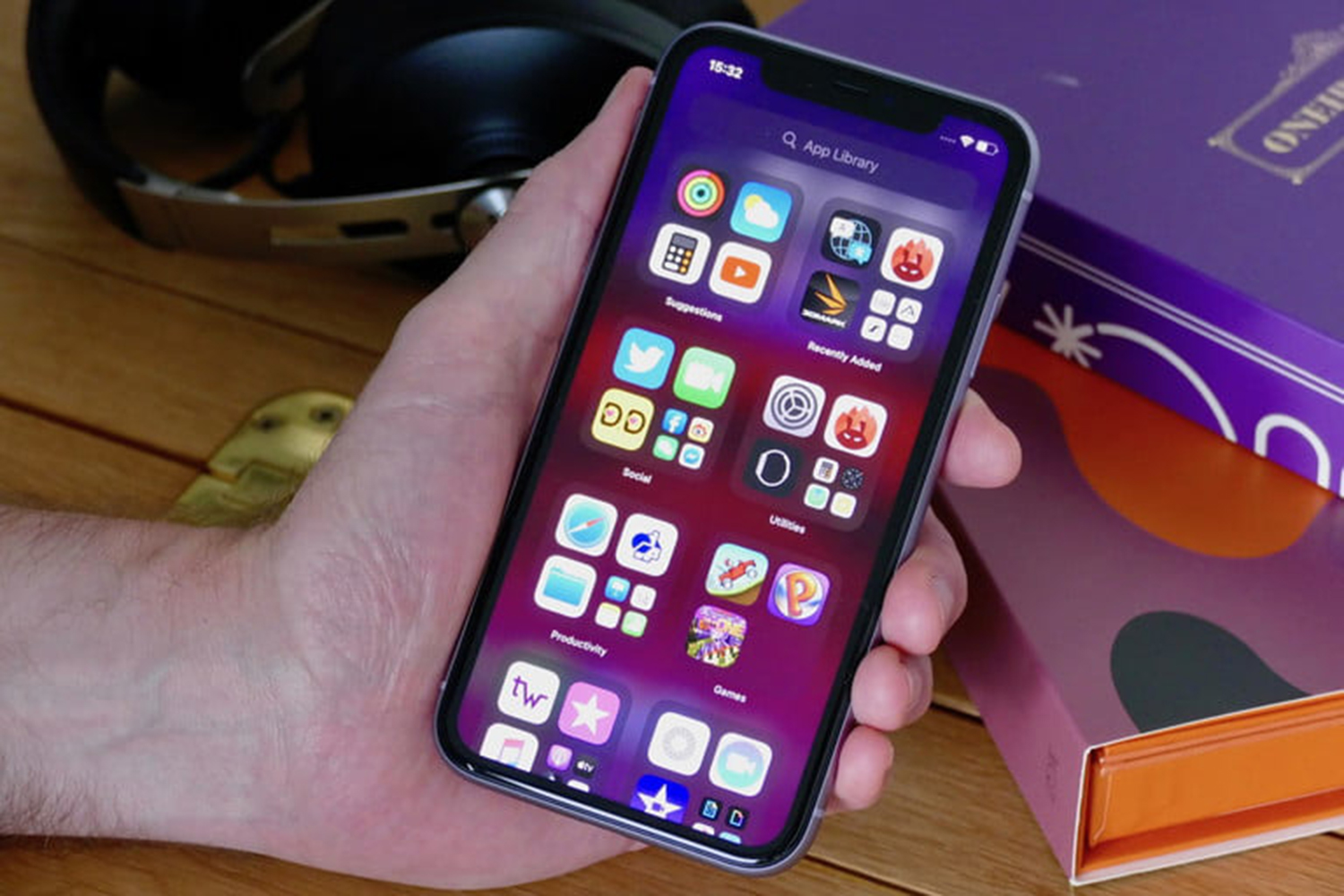The future of apps: How Salesforce is using low code development

While much of the focus on low-code development is on users like developers, the so-called ‘citizen developers’ are only part of the story. Yes, the fact that anyone can build an app is important. Still, it’s also important to note that experienced developers and designers are key to delivering compelling tools to end-users. That doesn’t mean developers can’t benefit from the tools and technologies that let us provide low-code solutions; it just means they will use them differently.
In my previous column on low code, I pointed to Salesforce’s mix of developer platforms to exemplify how user-based development can be made to work. This week, they’ve released a fresh release of their cloud-based development platform, App Cloud. App Cloud Mobile is a mobile app-focused set of tools with a mix of target audiences that add up to building front- and back-end tools that work with Salesforce’s data platform and APIs while taking advantage of the Heroku PaaS.
Before the launch, I spoke with Seema Kumar, a Salesforce VP of product marketing, about how Salesforce sees the low code space and is bringing all its developer platforms together to support different types of developers and applications.

READ MORE :
- How to Create Profitable Software in Your Niche Market
- How to Use Collaboration Software to Map Workflows
- IPhone App Development – App Dev Secrets Review
- The Amazing World of Online Games
- Is Creating a Mobile App a Wise Music Decision?
One key thing about App Cloud Mobile is that we need to change how we build apps, as we need more developers. Kumar noted, “There’s a huge demand for apps on mobile.” And while there’s that demand, another set of directions needs to be met: “Apps need to be beautiful, they need to be secure, and they need to be connected to different data sources,” she said. While it’s easy to think of Salesforce as a CRM SaaS vendor, it’s spent much of the last few years building a hefty development platform and bringing in folks from developer-centric companies like Google and Microsoft to run it. That’s given it three different platforms thatit can use to build low-code applications focusing on mobile.
The first, Force.com, is the direct descendant of its original APEX development environment, allowing you to build applications on top of the Salesforce service and its data. Closely related is Lightning, a set of components that can build applications inside the Salesforce 1 mobile app. Finally, there’s Heroku, a pioneering PaaS development platform that can quickly run bundles of code and host data and API integration.
App Cloud Mobile bundles the three services together, allowing you to manage your users and your developers, controlling access to services and data while giving you a way of distributing code both inside and outside your business. Business users can use low code techniques to drag-and-drop Lightning components into applications. At the same time, developers can continue using their choice of tools and languages, making it possible for developers and users to collaborate on new apps.
The bundle’s heart is an SDK that handles identity and secure data access. Developers building end-user apps can work with familiar technologies like Apache Cordova to create code that will run on any mobile platform using HTML, CSS, and JavaScript. External data and APIs can be brought into an app using Heroku Connect, which lets you map fields between databases and link code to Salesforce data. With Salesforce at the heart of the platform, there’s a strong focus on understanding customer interactions, and you can analyze how users are working with an app.